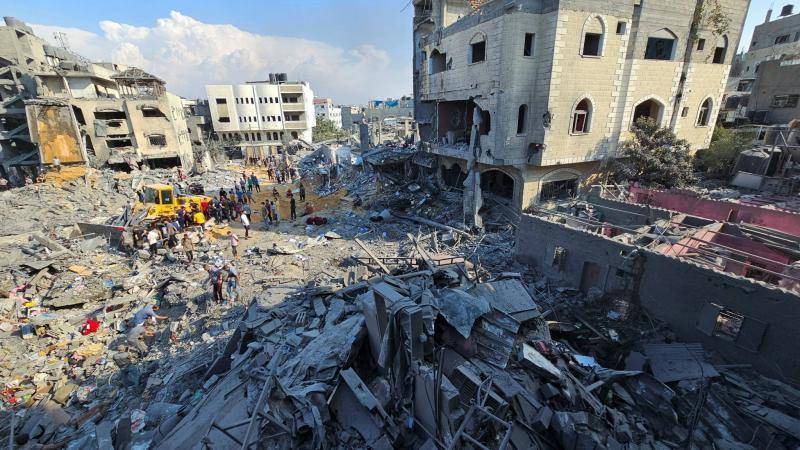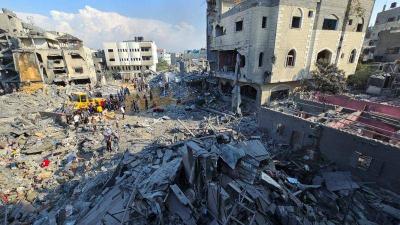Amid expectations of no significant breakthroughs so far, despite slight progress in negotiations regarding a prisoner exchange deal between Israel and Hamas and a ceasefire in the Gaza Strip, Israeli negotiators are returning from Qatar to Tel Aviv today without much hope. After days of discussions in Doha, achieving a ceasefire in the besieged Palestinian enclave, which has been under Israeli fire since October 7, appears distant.
What are the main obstacles preventing the establishment of a ceasefire that hopes were pinned on before the start of Ramadan (expected on March 10 or 11)? The central issue remains the call for a permanent ceasefire, a demand strongly adhered to by Hamas. Along with this matter, the demand for the return of displaced persons to areas in northern and central Gaza also remains stalled, as the Israeli side has many reservations, insisting that those of conscription age among the Palestinian males who fled the bombardment southward should not be allowed to return, allowing only women and males over 50 to go back.
Walid al-Kilani, Hamas's media official, clarified that the movement shows flexibility on this issue and does not view it as critical. However, he affirmed their insistence on a comprehensive ceasefire first before discussing any other details. Meanwhile, Israel rejects a total ceasefire and insists on temporary or intermittent ceasefires in order to facilitate the exchange of prisoners.
Furthermore, some details regarding the prisoners that Hamas may release remain unresolved, as Tel Aviv wishes to include all Israeli female soldiers in the first stage. In contrast, Hamas views all soldiers as more important bargaining chips and may delay releasing them to later phases. The Doha meetings discussed a "preliminary" paper that was tentatively agreed upon in Paris during the past period.




